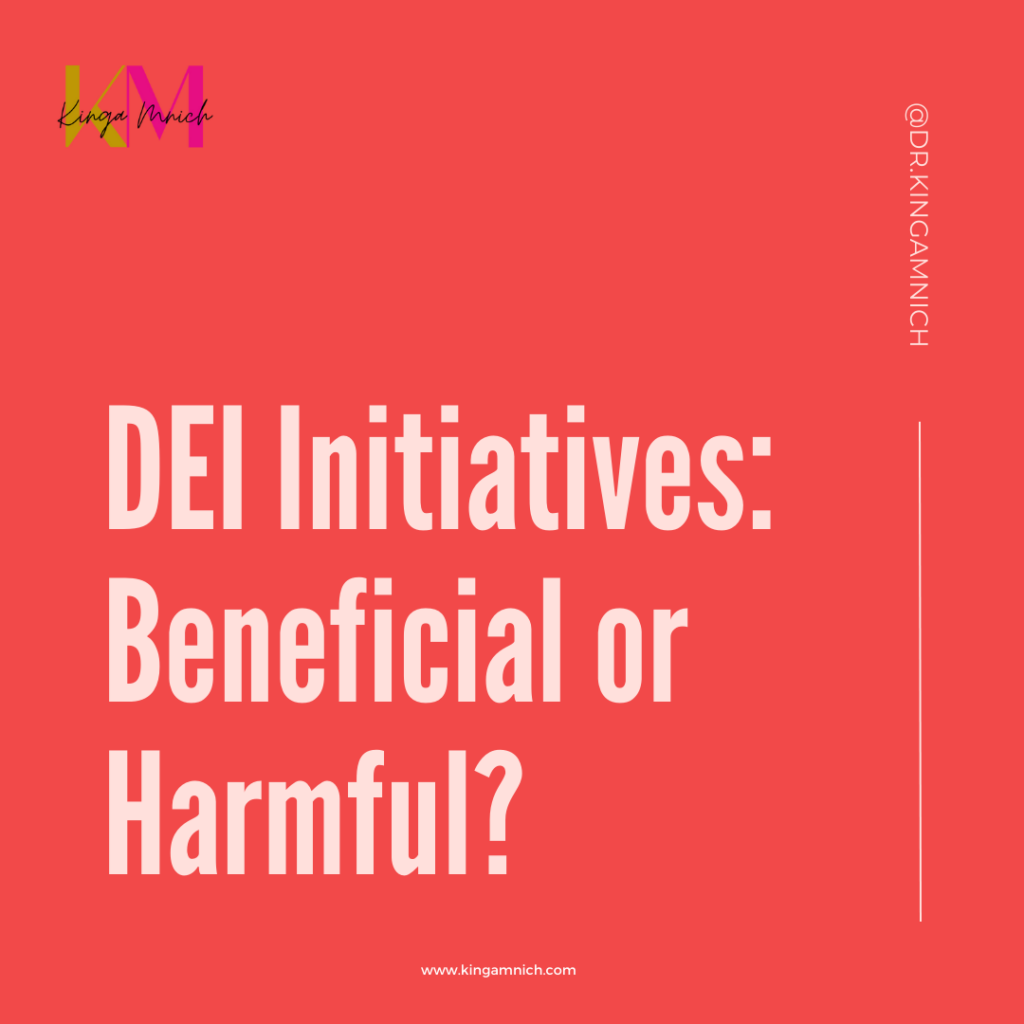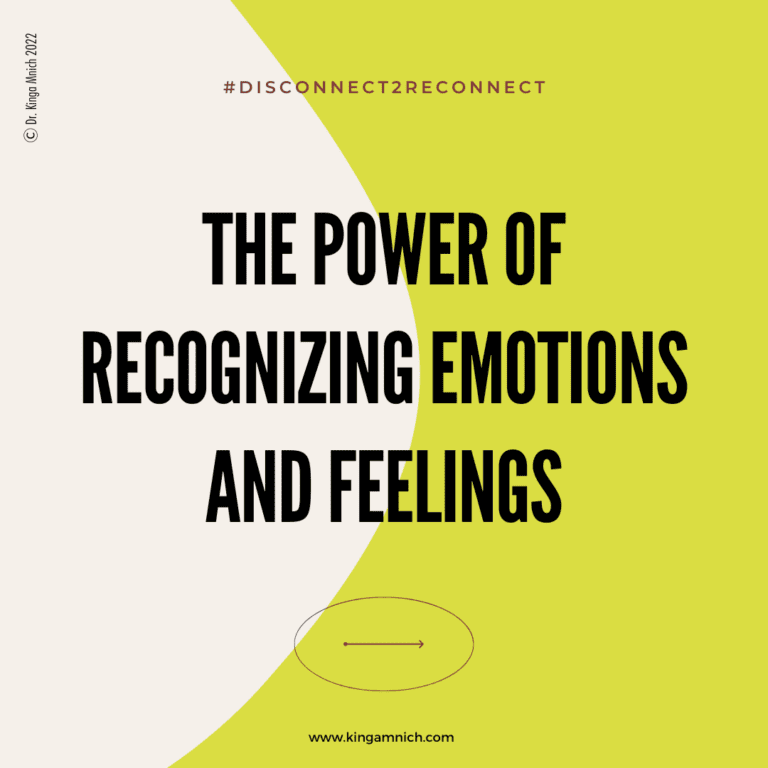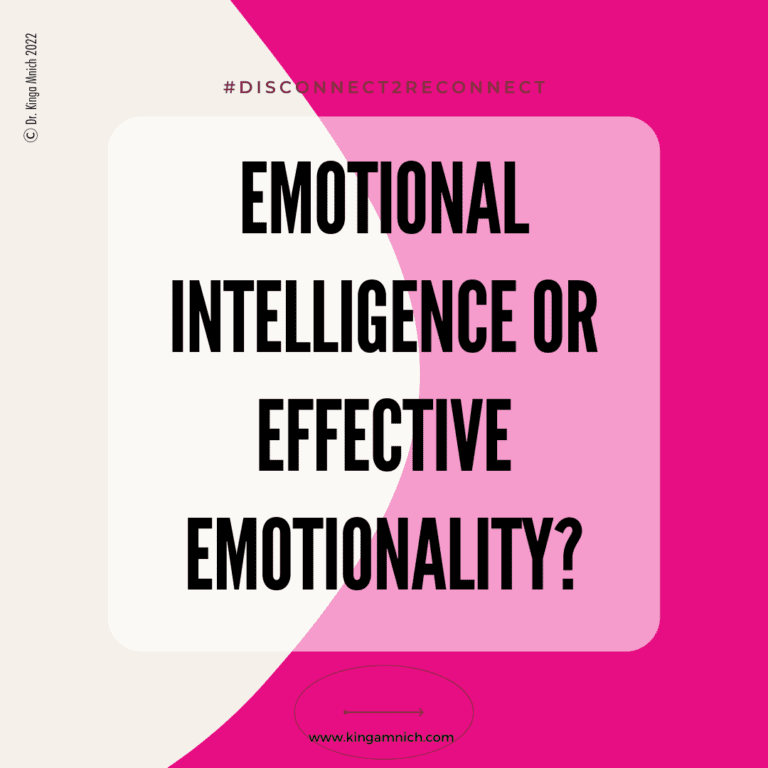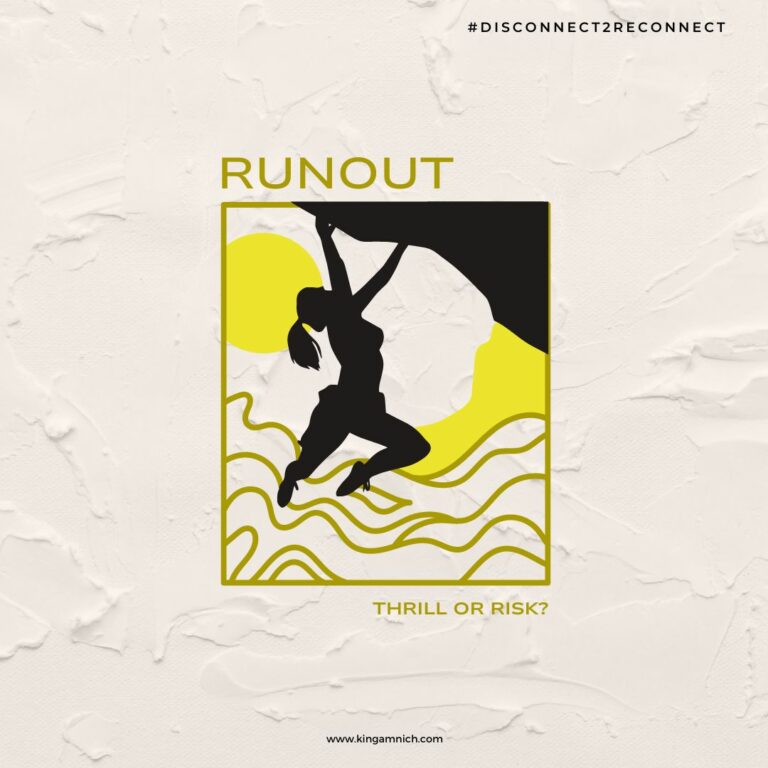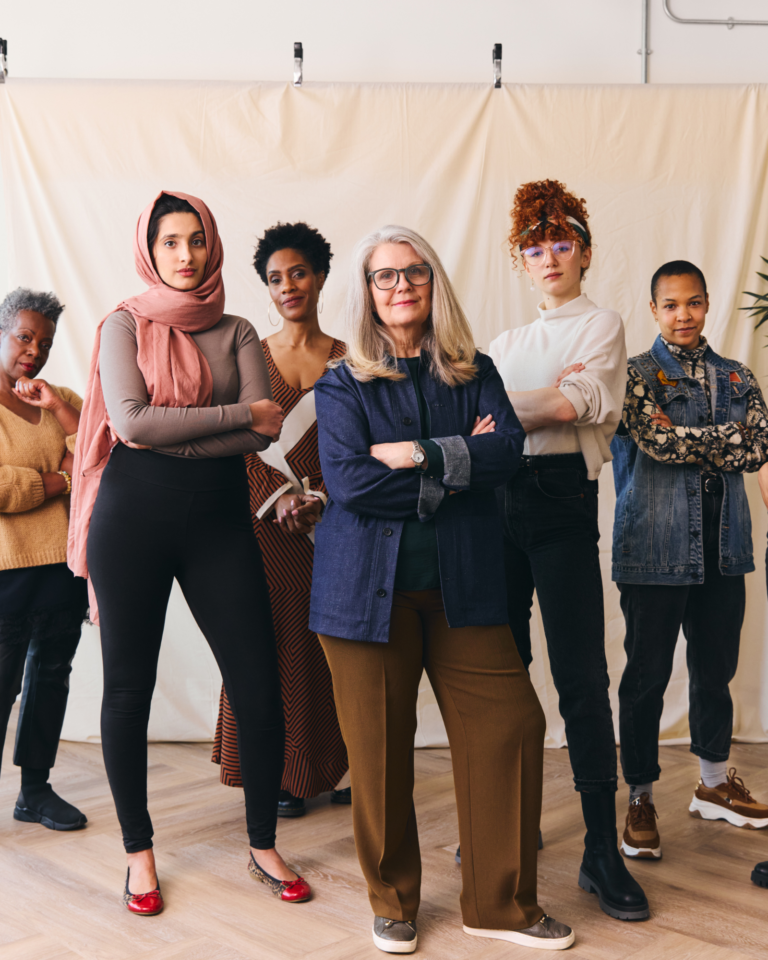I think there is good reason to distrust a lot of the DEI (diversity, equity and inclusion) statements that are out there in company brochures, political manifestos, project documentation, and even in the literature for sporting and cultural events. So many are written not from the heart but from the perceived need to appear inclusive and to be seen as acting in a conscionable way. And, like many documents that are produced because they are ‘required’ rather than because the writer really believed in them. They are rarely acted on and infrequently referenced at all once they are published. Therefore, it is fair to ask the question: Are DEI Initiatives beneficial or harmful?
After the killing of George Floyd, genuine DEI initiatives spiked tremendously, and necessarily, to the point where the identity of DEI is nowadays very closely associated with Black Lives Matter and I Can’t Breath. Up to that point, DEI, which started in the 1960s as part of the civil rights movement in the US, had been growing to include more and more divergent groups and more and more intersectionality.
Table of contents
What does Diversity, Equity, and Inclusion mean?
Let’s take a closer look at the meaning of each of the three words – Diversity, equity, and inclusion:
‘Diversity’ means to look at your organization through the lenses of race, ethnicity, ability, gender, sexual orientation, neurodiversity, and beyond.
‘Equity’ means creating an environment in which everyone can thrive equally. A surrounding in which everyone’s needs and urgencies are treated equally with equal urgency – irrespective of their gender, ability, age, ancestry, color, disability, ethnicity, gender, gender identity or expression, genetic information, national origin, pregnancy, race, religion, or any other bases.
‘Inclusion’ pertains to the overall workplace experience and the extent to which organizations welcome and empower all employees to make valuable contributions. It is crucial for organizations committed to building a diverse workforce. It is equally important to cultivate an inclusive culture where employees feel their perspectives will be acknowledged.
Unfortunately, though, diversity in the American context more frequently refers to skin color (which, only in some specific scenarios, such as medical treatment, is necessary). But until today, I need clarification on what skin color has to do with banking, except if there are reconciliation programs that benefit the ones who have been systematically excluded from benefiting from the industry.
And yet, DEI initiatives can have huge benefits, not just for the individual but for society as a whole. So let’s explore why so many don’t change anything, but more importantly, how strongly they can work with a little bit better application.
Let’s Start with ‘Can DEI initiatives be racist?’
The answer is a clear no – at least not in their theoretical framing.
But wrongly interpreted or badly applied, many initiatives can certainly have adverse effects on the people that they are supposed to benefit. One great example is Judge Ketanji Onyika Brown Jackson. Her skin color was the unfortunate and overriding conversation during her confirmation process and overshadowed both her skills and her solid validity for appointment. And this is where the conversation starts quite often, skin color, oh, and of course, with that an inaccurate implication of “reverse racism”.
Racism is a social concept that is based on “any distinction, exclusion, restriction or preference based on “race”, color, descent, or national or ethnic origin which has the purpose or effect of nullifying or impairing the recognition, enjoyment or exercise, on an equal footing, of human rights and fundamental freedoms in the political, economic, social, cultural or any other field of public life” (The International Convention on the Elimination of All Forms of Racial Discrimination Definition). It can’t be reversed. At that point, unfortunately, some white people start to scream that they are the ones being discriminated against – all due to DEI initiatives.
Skills include cultural abilities and knowledge.
It goes without saying that the person with the most suited skills should be hired for any position. But, skills don’t mean just knowledge. They also include social and cultural abilities. That’s why representation matters. Because, dear white people, specifically white North American people, cultural knowledge, inclusion, and integration aren’t necessarily your forte. And sometimes, DEI initiatives do not adequately address that unfortunate gap.
I can’t count on my hands how often I have been asked why it is important for people to mix, and why I believe that segregated neighborhoods are not only a sign of systematic failure but a sign of the prevailing apartheid system. But even more so a sign of a lack of societal awareness and desire for progress.
Some will say that claiming DEI Initiatives as racist is problematic. And I agree when it comes to “white people” claiming that DEI is racist against them. But, it can be a problematic concept when it comes to hiring practices and bragging that a POC has been hired. That is not only degrading but is a practice of checking a box instead of being inclusive and creating diversity within the company. So, are DEI initiatives beneficial or harmful?
DEI initiatives can foster racism because, in the current set-up, they lack cultural education and integration. Awareness isn’t enough at this stage, especially not in a country that is so majorly obsessed with skin color. It oversimplifies the essence of diversity: not all Asians are the same. The same goes for black people, Africans, white people, Europeans, and Latine Americans.
Why does organizational culture needs to be the main focus point of DEI?
It is simply not enough to conduct a workshop without changing the organization’s culture. Ensuring that DEI initiatives are beneficial instead of harmful starts from the top of an organization.
Training people is simply insufficient, and hiring a specific DEI person can be awkward. Instead, having a diverse workforce, not only in skin color, but also in culture, is one of the most effective ways to dismantle discrimination, racism, and create equity.
A person with diverse experience is most suitable to ensure that equity is part of an organizational culture. The more someone has opened themselves up for uncomfortable experiences by stepping out of their comfort zone, the more appropriate this person is for a role that includes the understanding of what it means to be in a place that makes you feel uncomfortable.
And don’t even get me started on the lack of awareness of how skin color does not reveal ethnicity or even less, a country of heritage. Most people aren’t even aware of how mixed their heritage is (I highly recommend 23 and Me – you might be thoroughly surprised what you are made of). That’s why DEI needs to start from organizational roots. The HR department is often the very first touch point for people. It should be a safe place for employees to raise concerns.
What role do emotions play in this?
Did you know that organizations have their own set of rules regarding the practices of emotions? You might wonder at first what are the practices of emotions. Simply put, they are the way we communicate our emotions physically and beyond verbal description. This differs not only from culture to culture but also from organization to organization. Organizations that have a majority of male employees will be very different from one that employs mostly women. On top of that, different industries have their own communication rules. Flight attendants need to be always very polite and calm. Department store employees need to be exceptionally welcoming and cheery. Bank employees generally have a stoic, formal way of not showing any emotions.
In addition, we have cultural norms. For example, in Germany, everyone learns to control their emotional expressions. In the US, being friendly is the core of everything. From a German perspective, many Americans express their emotions over the top, while from an American perspective, Germans can be a little wooden.
How do DEI initiatives help organizations?
When people of different cultural backgrounds and levels of expertise collaborate, it can help boost innovation and creativity within an organization. Because of their unique experiences, perspectives, and knowledge, diverse teams are more likely to bring innovations to the table than are more homogenous groups. Creativity needs different perspectives. It is much easier to think outside the box when exposed to different perspectives. Overcoming a fixed mindset and moving into a growth mindset can be reached faster when learning from one another. It also takes a culture in which there is no right or wrong. Instead, there are perspectives, and these perspectives can frequently be beneficial to the overall organization.
In your opinion, are DEI initiatives beneficial instead of harmful?
Read More on DEI:

